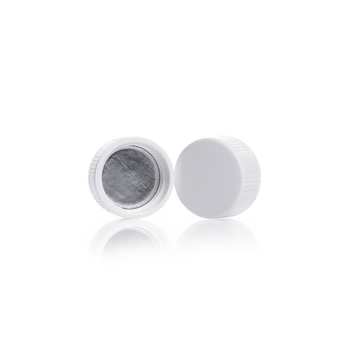Description
Urea
puriss., meets analytical specification of Ph. Eur., BP, USP, 99.0-100.5%, 99.0-101.0% (calc. on dry substance)
Synonym(s):
Carbamide, Carbonyldiamide
Linear Formula:
NH2CONH2
CAS Number:
57-13-6
Molecular Weight:
60.06
Beilstein:
635724
EC Number:
200-315-5
MDL number:
MFCD00008022
PubChem Substance ID:
329750941
NACRES:
NA.21
PROPERTIES
grade
puriss.
Quality Level
200
Assay
99.0-100.5%
99.0-101.0% (calc. on dry substance)
form
solid
quality
meets analytical specification of Ph. Eur., BP, USP
impurities
alkalic reac. substances, complies
≤0.001% heavy metals (as Pb)
≤0.04% insoluble in ethanol
≤0.05% ammonium (NH4)
≤0.1% biuret(carbamylurea)
ign. residue
≤0.1% (as SO4)
loss
≤1.0% loss on drying, 105 °C, 1 h
mp
132-135 °C (lit.)
132-135 °C
solubility
H2O: soluble 480 g/L at 20 °C
density
1.335 g/mL at 25 °C (lit.)
anion traces
chloride (Cl-): ≤10 mg/kg
sulfate (SO42-): ≤50 mg/kg
cation traces
Fe: ≤0.5 mg/kg
suitability
in accordance for appearance of solution
in accordance for identity
SMILES string
NC(N)=O
InChI
1S/CH4N2O/c2-1(3)4/h(H4,2,3,4)
InChI key
XSQUKJJJFZCRTK-UHFFFAOYSA-N
General description
Urea is a colorless, odorless solid. It has prism-like crystals. It forms insoluble nitrate salts with nitric acid and oxalate salts with oxalic acid. On reaction with alkanes or substituted alkanes, it affords crystal-lattice inclusion compounds.[1]
Urea can be prepared from ammonia and carbon-dioxide, via Haber-Bosch process.[2] It can also be used to prepare urea-formaldehyde resins, via condensation reaction.[3]
Urea can be prepared from ammonia and carbon-dioxide, via Haber-Bosch process.[2] It can also be used to prepare urea-formaldehyde resins, via condensation reaction.[3]
Application
Urea has been used in the following studies:
- Synthesis of SnO2 nanoparticles.[4]
- Synthesis of urethanes, ureides and semicarbazides.[1]
- Denaturation of protein isolated from Saccharomyces cerevisiae Y15696 strain[5]
- Protein electrophoretic studies.[6]
Used for the denaturation of proteins and as a mild solubilization agent for insoluble or denatured proteins. Useful for renaturing proteins from samples already denatured with 6 M guanidine chloride such as inclusion bodies. May be used with guanidine hydrochloride and dithiothreitrol (DTT) in the refolding of denatured proteins into their native or active form.
SAFETY INFORMATION
Storage Class Code
11 - Combustible Solids
WGK
WGK 1
Flash Point(F)
Not applicable
Flash Point(C)
Not applicable
Personal Protective Equipment
dust mask type N95 (US), Eyeshields, Gloves







